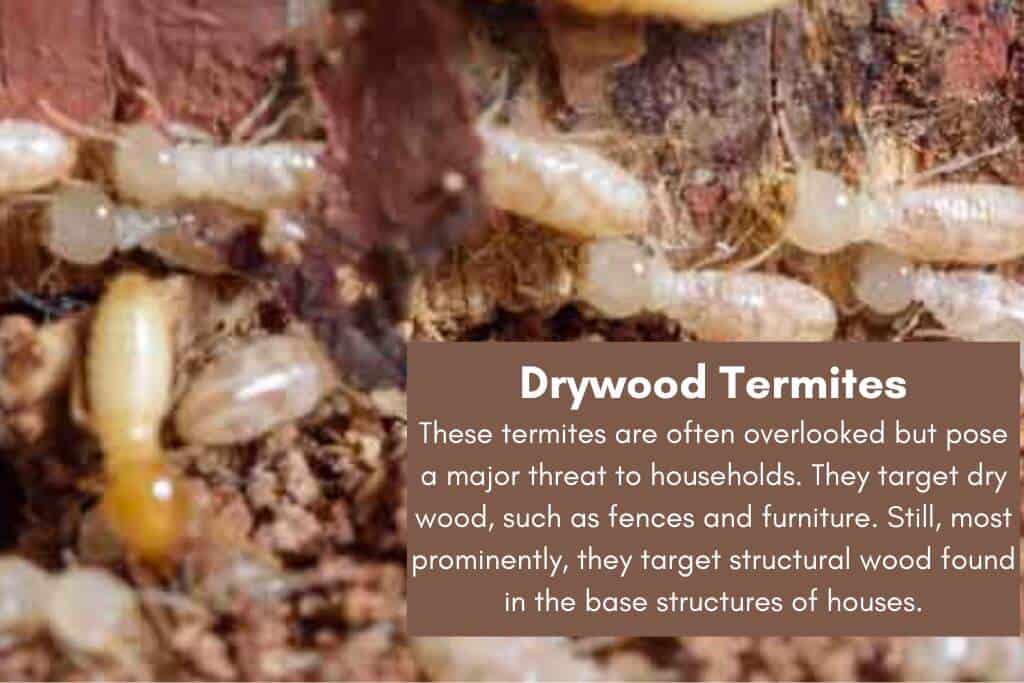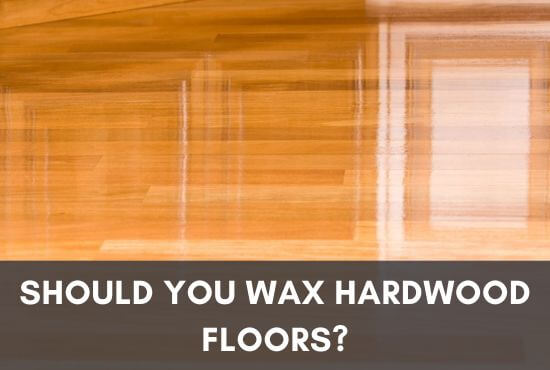If you have been facing infestation problems recently with your wooden structures and are wondering if engineered wood is the answer to all your problems, you are among dozens of other similarly worried homeowners.
Engineered wood floor does not attract termites at all, in fact, it resist them to a certain level according to the quality and composition of the wood. Engineered wood has various grades, types, and qualities which specify the amount of resistance they provide from these pests.
Let’s dive deeper into the topic to understand how engineered wood works best for flooring options and what type you should consider if you want maximum protection from termites and other pests.
Table of Contents
Engineered Wood Vs. Termites
Every homeowner is worried about infestations and pest attacks in their house. Wooden structures are eaten away in mere days, and such pest attacks cause heavy amounts of damage.
Often, the structure is eaten away from the inside. Still, you need help identifying the problem even when looking at it.
Termites target wooden items such as flooring, siding, wooden structures, furniture, etc. They do this mainly when they are on a rampage rather than just destroying wood for fun.
Termites feed on the cellulose in wood fibers; hence it is technically impossible for any kind of natural wood to be fully-resistant to termites.
Those varieties of wood considered to be termite-resistant are merely thick and dense enough that termites cannot chew into them.
Besides, only a few varieties, such as teak, are harmful to termites and might cause them to die as they are incapable of digesting them.
Softwood is the most exposed to pest attacks as it doesn’t have the required hardness or density to stop them from chewing.
Furthermore, termites are usually attracted to humid conditions and pores. Still, other species target dry wood as well.
In addition, termites and other pests usually attack from the ground. Once they find a source, they settle in and make colonies to expand.
Moreover, they work their way from the center of the wood and expand, hollowing it from the inside but still not touching the surface.
It is too late when you realize what’s been happening. Hence, people call pest controllers, try to counter pest attacks, and save their furniture and other wooden items. Year by year, the cycle doesn’t stop, and the problem can’t be solved.
All of this came to a halt when wood was engineered and given qualities and traits that made it far superior form regular wood.
Engineered wood is used for siding, flooring, and construction purposes due to its increased strength and durability.
When it comes to being resistant to termites, the topic is debatable. While manufacturers claim it is termite-proof, pest controllers tend to differ from this opinion and say that no wood is termite-proof.
So who is in the right? Let’s find out!
Termite Resistant & Termite Proof Engineered Wood

Upon testing and testimonials, it has been discovered that all particle boards, including MDF boards and plywood, are prone to termite attacks to some extent.
They do provide a considerable amount of resistance but can’t be categorized as totally termite-proof. However, all wood polymer composites, commonly known as WPCs, are 100% termite-proof.
According to manufacturers, the boards are passed through a high-temperature process that increases the density to the extent that it makes them non-porous and hard, so termites can’t chew in, no matter how hard they may try.
Moreover, engineered wood comprises durable composition allowing no room for humidity and moisture. The moisture-resistant barrier ensures that termites can’t cross to the other side to damage your furniture or more.
Types of Termite
As mentioned earlier, termites usually thrive in moist wood. Still, there are other types as well that target other woods and areas.
Subterranean Termites

These types of termites are the most abundantly found in most areas, mainly the U.S. They mostly attack residential houses and tend to establish massive colonies very quickly. Besides, they are also renowned for being the most destructive among all types.
Dampwood Termites

These termites are usually found in moist, humid areas such as in piles of wood after rainfall, tree stumps, near drainage pipes, etc.
They are not as destructive as the subterranean termites but can prove to be nuisances if not countered at the right time.
Drywood Termites

These termites are often overlooked but pose a major threat to households. They target dry wood, such as fences and furniture. Still, most prominently, they target structural wood found in the base structures of houses.
Termite Resistant Engineered Woods

As we discussed earlier, some natural and processed types of wood with certain attributes make them either termite-resistant or toxic, so termites may die upon chewing on them.
Hence, if top-tier engineered wood exceeds your budget, you can always turn to some affordable options, including natural selections. These may not provide 100% protection from termites, but they will surely provide considerable resistance.
- Heartwood-grade lumber: It is very dense and tough, making it very hard for termites to chew on it.
- Pressure-treated wood: This type of wood is treated, and preservatives such as alkaline copper quaternary and copper azole are allowed to seep into the pores. This makes the decaying process much slower than natural and keeps the termites away.
- Teak: It has been discovered to be toxic to termites, and they often turn away from it or die. It is also very strong and difficult to chew on.
- Redwood: This is yet another natural source known as an enemy of termites. It’s abundant in many areas; hence it’s less expensive than teak.
- Composite lumber: Composite lumber is a complex of many substances added to the wood to make it more durable and resistant to termites. One of these substances is plastic which is not digestible for termites. Besides, it has a prolonged decaying time, making it much more durable and long-lasting than natural options.
Final Thoughts
If you are also irritated by constant infestations in your wooden structure and repeated termite attacks, engineered wood is the best solution for you. You can choose a certain grade of engineered wood that is most affordable and serves your requirements the best.
John Henry is a passionate co-creator of FlooringFlow.com. a website dedicated to answer all of your flooring related questions. After taking the challenges of flooring DIYs while learning skills for years, John is now ready to share his knowledge related to floor remodeling and projects with you.


![70 Bedroom Color Schemes: [year] Home Bedroom Refresh 70 Bedroom Color Schemes: [year] Home Bedroom Refresh](https://flooringflow.com/wp-content/uploads/2024/07/25-Cool-4th-of-July-Decorations-for-Outdoor-Patio-to-Celebrate-in-Style-16.jpg)





We just had to have our garage and adjoining wall treated for termites, the first sign was when they chewed through the baseboard and quarter round seams and I saw them crawling on the floor in the family room. We have engineered hardwood and I had a couple boards that were separating and lifting, but we thought it was because there was a furnace duct close by and moisture from the humidifier was the cause. No, it was extensive termite damage. And here we thought hardwood would be better than carpet! This is on top of the brown recluse spiders I’ve been battling for 2 years.